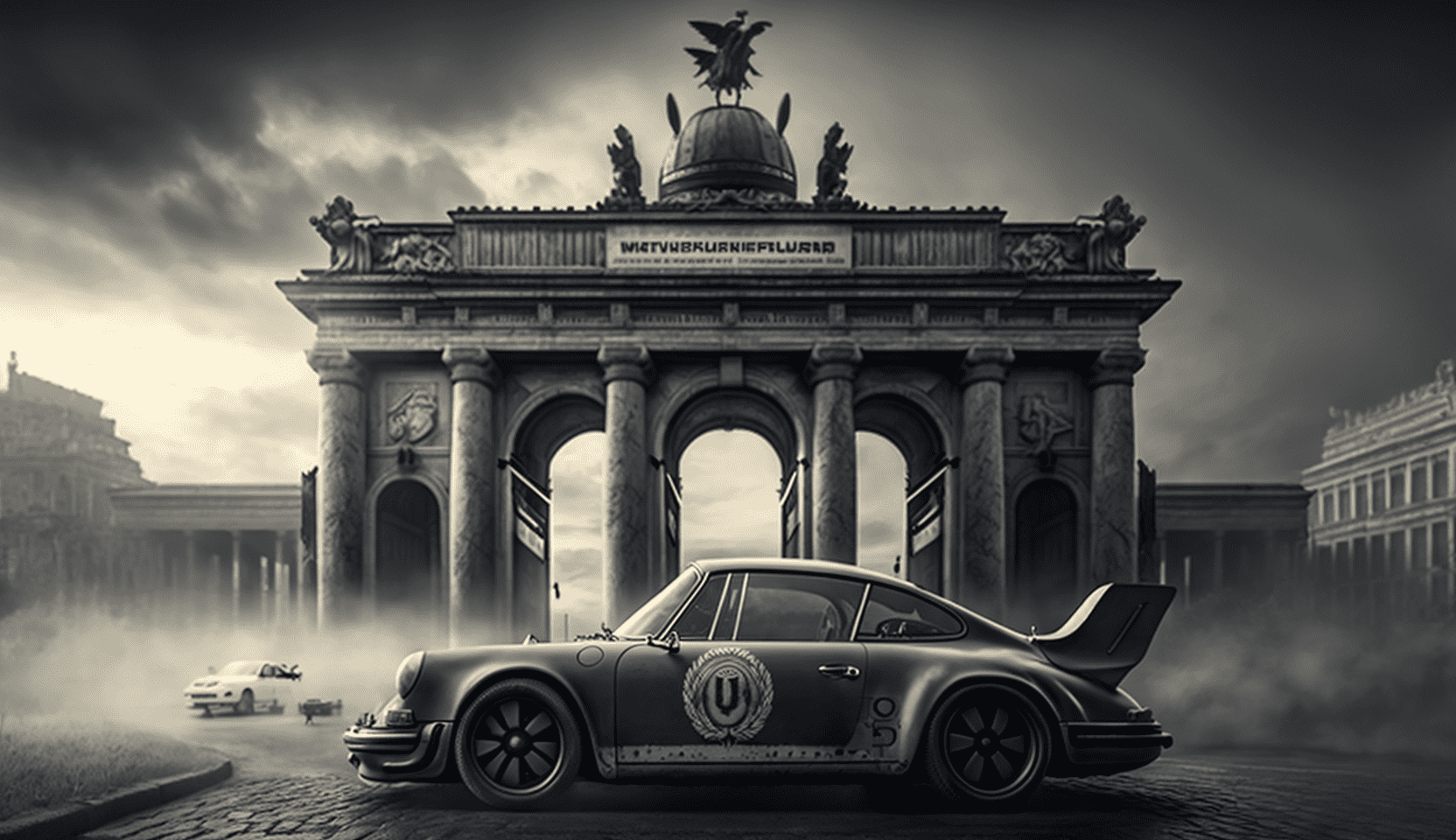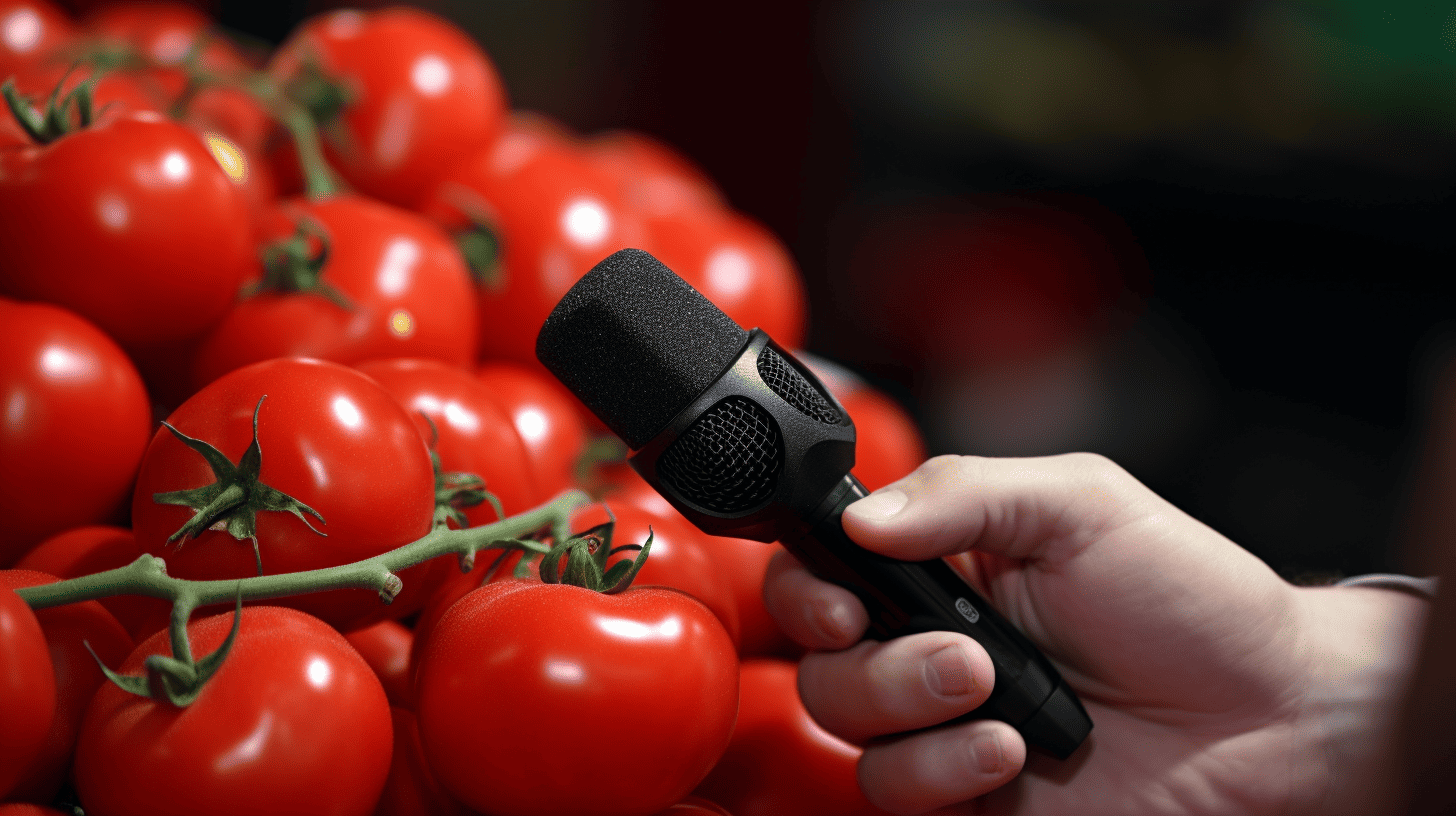
In a weekly column, alternately written by Lucien Engelen, Maarten Steinbuch, Carlo van de Weijer, and Tessie Hartjes, E52 tries to find out what the future will look like. All four contributors – sometimes accompanied by guest bloggers – are working on technologies that can provide solutions to the problems of our time. This Sunday, it‘s Maarten Steinbuch’s turn. Here are all the published columns.
It’s autumn and yet I feel happy and sunny. Last week I read that in Saudi Arabia the price of solar energy has now reached a historically low value of 1.67 eurocent per kWh. I say it again, in another way: only 0.0167 €/kWh! You and I pay around 0.21 €/kWh for electricity from our power outlet, including a large amount of taxes and network costs. The electricity from solar panels has dropped in price very rapidly, much faster than even the official authorities have predicted. Such prices simply represent a disrupting process: a complete reorientation of the energy sector. Ok, here the sun shines less, but if it is so cheap there, a lot of solar power stations will be built, in all countries where there is a lot of sunshine, just because it is cheaper. And that makes for cheaper solar panels again. And so the price is going to drop here too. A Kodak moment appears. Earn money by sustainability. Moreover, the balance of power will shift in the long run, and the sun will become the new oil.
The future is electric and sunny!Maarten Steinbuch,
This weekend I also feel sunny because ‘our’ boys and girls from our 3 technical universities are fighting for the best places with their newly designed solar cars. At the last edition of the Solar Challenge competition down under in Australia, TUdelft and UTwente were respectively 1 and 2 in the Challenger class, those one-person cars that do not need to be charged at all. They can fully drive from the energy produced from their roofs using solar cells. And our team from the Eindhoven University of Technology won the cruiser class, where cars are driven that can accommodate several people. They try to ride the whole race with a maximum of a few extra charging times. This year our TU/e team will drive the Stella Vie. A beautiful design with even room for up to five people. I expect a lot from it, because this year, how many people you can take with you with as little energy consumption as possible, counts extra. It is allowed to charge your car, but you shouldn’t do it, or almost not do it. This time around, the cruiser class doesn’t want you to be the fastest, but you have to reach the finish line at the end of the race week within a certain time period. And then they measure how many people have been in the car you have driven and how much energy the car has used. This counts for 80%, and the rest of the points you can collect through the technical execution and practical aspects of the car. You can follow the race every day on NPO1.
Another sun shines on the Automotive Campus in Helmond. There the startup Lightyear has landed. This startup was created from the teams of the previous Stella solar cars of the TU/e students. They have now started a company to design and build a real solar car. You can already order it! Of course, a car that also has safety zones is heavier than the competition cars from Australia, but you do not have to be afraid that you are not able to find a charging station here in the Netherlands either. It is more interesting to see that a solar panel on your roof provides an extra range (a range extender but without fossil fuels), but also that the car generates energy for you even when you are not driving. After all, the cars are idle about 90% of the day….
Another interesting thought is that Lightyear cars could be very suitable for areas that want to switch quickly to electric driving, but which have hardly any charging stations, and a lot of sunshine. One such country is India, with 1.2 billion people, no charging stations, and plenty of mobility needs, especially in rural areas. And India would like to be very quick and fully electric. Just as the fixed line telephone has been skipped as a product in India, and they have gone straight to mobile, so they may well be skipping the fossil phase in the rural areas with internal combustion engines and going completely electric directly. It seems to me like a wonderful challenge for our young entrepreneurs to start with a home market here in the Netherlands but to look for the scaling up there. I am happy about it! The future is electric and sunny!
Have a great autumn all of you!






